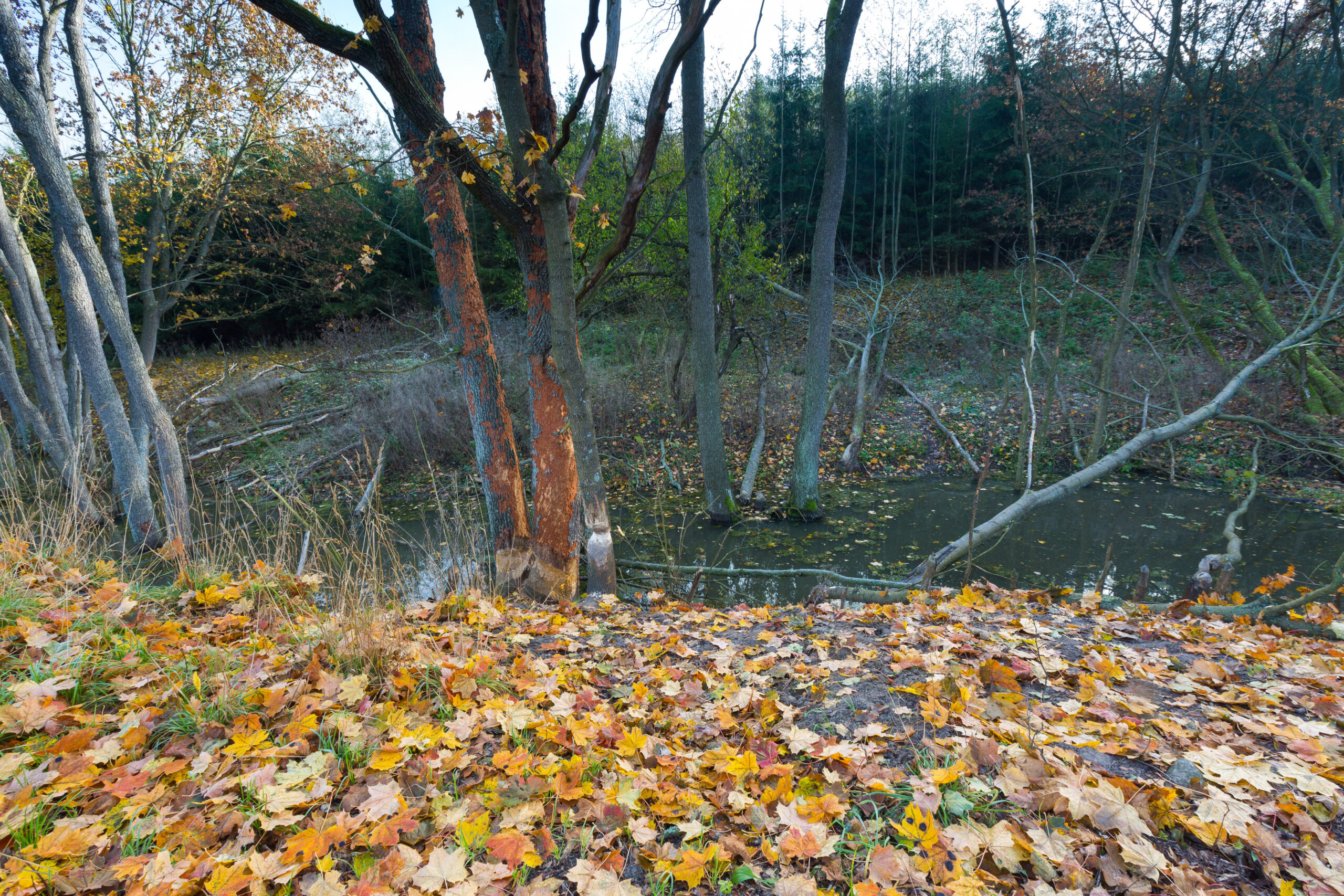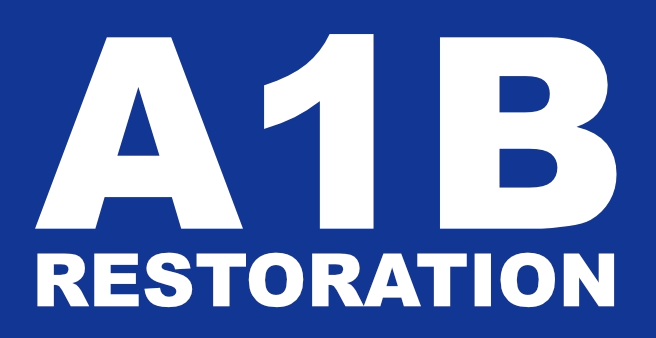Water damage can be a nightmare for any homeowner. Whether it’s from flooding, burst pipes or storms, water damage restoration is essential to prevent further harm and restore your property back to its original state. In this article, we will discuss the ultimate checklist for water damage restoration that covers all the necessary steps you need to take to ensure an effective cleanup process.
Introduction to Water Damage Restoration
The first step in water damage restoration is understanding what kind of damage has occurred. Is it from rainwater, sewage backup, or overflowing rivers? Knowing the source of the water will help determine the severity of the damage and how to proceed with the cleanup process.
Essential Steps for Water Damage Cleanup
1. Call a professional: If you are dealing with significant water damage, calling a professional water damage restoration company is crucial. They have the equipment and expertise needed to handle large-scale cleanups efficiently.
2. Remove excess water: The faster you remove standing water, the less likely mold growth and structural damage will occur. Use pumps, wet vacuums, or buckets to extract as much water as possible.
3. Dry out the area: Moisture left behind after water damage can lead to mold growth within hours. Use dehumidifiers and fans to dry out the affected areas thoroughly.
4. Disinfect and sanitize: After removing excess water and drying out the area, disinfecting and sanitizing the space is critical to prevent bacterial growth and odors. Use appropriate cleaners and solutions to kill germs and bacteria.

5. Repair and replace damaged materials: Once everything is dried out and sanitized, repair and replacement of damaged materials such as carpets, walls, ceilings, and furniture should begin.
Who Can Help Me When My House Floods
When faced with flood damage, time is of the essence. Here are some people who can help you during this challenging situation:
1. Emergency services: Contact emergency services if there is immediate danger to life or property.
2. Professional water damage restoration companies: These experts specialize in water damage cleanup and can quickly assess the extent of the damage and provide efficient restoration services.
3. Insurance providers: Your insurance provider may cover water damage repairs. Consult them immediately to learn more about your coverage options.
Burst Pipe Cleanup: What You Need to Know
A burst pipe can cause extensive water damage in minutes. Follow these steps to clean up the mess effectively:
1. Turn off the main water supply: To prevent additional water damage, turn off the main water valve promptly.
2. Extract water: Use wet vacuums, pumps, or buckets to remove as much water as possible.
3. Dry out the area: Use dehumidifiers and fans to dry out the affected areas completely.
4. Sanitize and disinfect: Appropriate cleaners and solutions should be used to kill germs and bacteria.
Storm Damage Cleanup: A Comprehensive Guide
After a severe storm hits, the last thing on your mind might be cleaning up the mess. However, taking action quickly can save you money and prevent further damage down the road. Here’s a comprehensive guide to storm damage cleanup:

1. Assess the damage: Before starting any cleanup work, evaluate the extent of the damage to your property. Take photos and document everything for insurance purposes.
2. Call a professional: Depending on the severity of the damage, hiring a professional water damage restoration company may be necessary.
3. Remove debris: Clear away any loose branches, leaves, or other debris from around your property. This helps prevent further damage caused by wind or rain.
4. Check utilities: Make sure electricity, gas, and water supplies are safe before entering the building.
5. Pump out water: Use sump pumps or portable extraction units to remove standing water from inside the building.
6. Dry out the area: Dehumidifiers and air movers should be used to dry out the affected areas completely.
7. Sanitize and disinfect: Appropriate cleaners and solutions should be used to kill germs and bacteria.
8. Replace damaged materials: Finally, once everything is dried out and sanitized, repair and replacement of damaged materials such as carpets, walls, ceilings, and furniture should begin.
